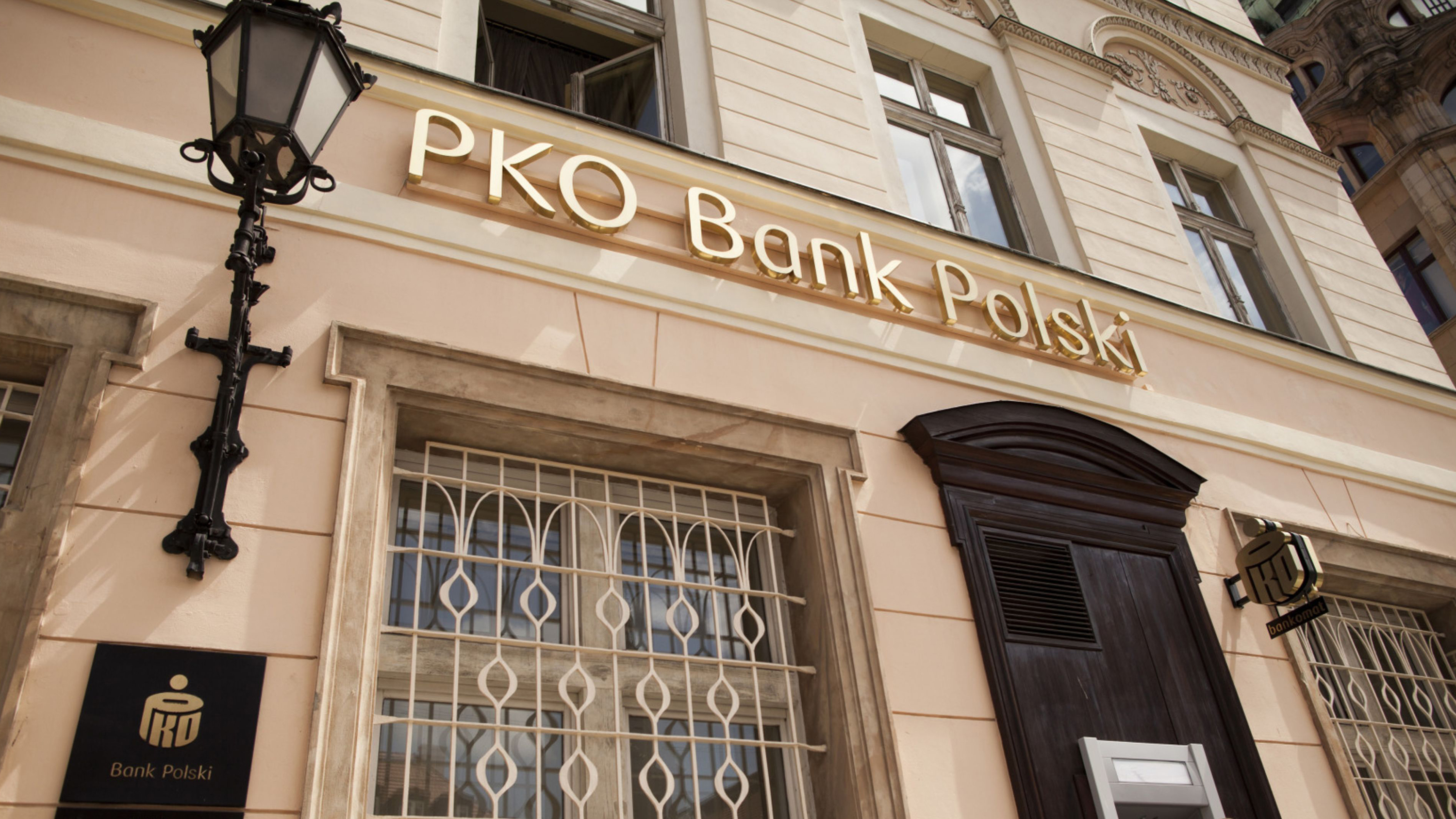
Almost three-quarters of the central and eastern European region’s top 100 banks saw a fall in their Tier 1 capital during 2021. Burhan Khadbai reports.
PKO Bank Polski and OTP Bank have retained their top two positions in The Banker’s Top 100 Central and Eastern European (CEE) Banks ranking by Tier 1 capital over the 2021 review period.
However, there are some notable moves in the top 10 ranking, with Česká spořitelna moving up one place to third, overtaking Santander Bank Polska, with the latter falling to sixth spot. Two other Polish banks, Bank Gospodarstwa Krajowego and Bank Pekao, both moved up one place to fourth and fifth, respectively.
Elsewhere, UniCredit Bank Czech Republic and Slovakia moves up one place to ninth, while ING Bank Slaski takes 10th spot, up one place, with mBank moving down two places to 11th.
More than two-thirds of the banks in the top 100 ranking saw a drop in their Tier 1 capital, with 71 banks registering a year-on-year fall in their positions. This is quite a change from the previous year, when only seven of the top 100 banks saw a fall in their Tier 1.
Poland’s Getin Noble Bank saw the biggest decline in its Tier 1 capital in percentage terms among the top 100 banks, with a 69.8% fall in its position. Meanwhile, the Czech Republic’s Fio Banka saw the biggest rise in its Tier 1 capital in percentage terms, with a 42.6% rise in its position.
We applied our best-performing methodology to the largest bank holding companies in the Czech Republic, Hungary, Poland, Romania and Slovenia.
Ceska Exportni Banka has retained its spot as the best-performing bank among the largest five banks in the Czech Republic, with an overall score of 6.89, down from a score of 7.17 in 2020. Its top position reflects its strength in soundness, leverage, return on risk and operational efficiency, where it has ranked first. However, the bank has come last among its cohort for profitability.
Fio Banka is the second best-performing bank in the country, with a score of 6.3, up from fourth place last year. The bank is ranked first for growth and profitability. J&T Banka is ranked third, down from second last year, with a score 5.41. PPF Banka and Moneta Money Bank take fourth and fifth place with scores of 5.21 and 4.93, respectively.
In Hungary, MKB has moved to top spot in the best-performing table, with a score of 6.5, up from fourth place last year. Its rise is due to its strong performance in terms of growth, profitability, operational efficiency and return on risk, where it has ranked first. OTP Bank, last year’s best-performing Hungarian bank, takes second spot with a score of 5.42, while MTB takes the final spot with a score of 4.39. Budapest Bank, which was included last year, was acquired by MKB.
The best-performing bank in Poland is Powszechna Kasa Oszczędności (PKO) Bank Polski, with a score of 5.46. The bank moved up from third place last year. PKO Bank Polski is ranked first in terms of profitability, asset quality and return on risk, but comes in fourth for leverage.
Bank Gospodarstwa Krajowego, last year’s best-performing Polish bank, is in second place, with a score of 5.12. The bank is ranked first in terms of growth, operational efficiency and liquidity, but falls down on return on risk, asset quality, soundness and profitability. Bank Pekao, ranked second last year, comes in at third with a score of 4.7, with Alior Bank retaining fourth spot with a score of 4.64. Bank Ochrony Środowiska is a new entrant in fifth place with a score of 4.64, taking over from Getin Noble Bank.
Romania’s best-performing bank is Libra Internet Bank, with a score of 4.73, surging to top spot from fourth last year. Its top ranking can be explained by its strong performance across many areas including growth, profitability and operational efficiency. Banca Transilvania retains second spot with a score of 6.43, with First Bank moving up from fifth to third and CEC Bank moving down from third to fourth. Export-Import Bank of Romania, last year’s best-performing Romanian bank, comes in last this year.
There are no changes to the ranking of the top three best-performing Slovenian banks, with Gorenjska Banka, Nova Ljubljanska Banka and Nova Kreditna Banka Maribor retaining their positions from the previous year.
Looking ahead, the economic growth of the CEE region will likely slow down as a result of the rising energy prices and inflation, which will drive up the costs for the region’s banks.


